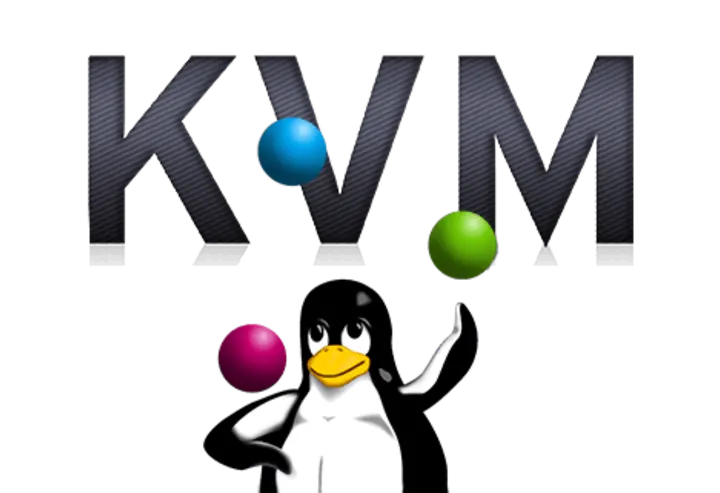Linux® has the open source virtualization technology known as Kernel-based Virtual Machine (KVM).
KVM, in particular, enables Linux to function as a hypervisor that enables a host machine to run a number of distinct virtual environments known as guests or virtual machines (VMs). Part of Linux is KVM.
KVM is available if your version of Linux is 2.6.20 or newer. The mainline Linux kernel version included KVM after it was initially introduced in 2006 and a year later. KVM already has access to every new Linux feature, patch, and improvement because it is already a part of the existing Linux code.
How does KVM function?
Linux is transformed into a type-1 (bare-metal) hypervisor by KVM. To run virtual machines (VMs), all hypervisors require some operating system-level components, including a memory manager, process scheduler, input/output (I/O) stack, device drivers, security manager, a network stack, and more.
Because KVM is a component of the Linux kernel, it includes all of these parts. Every VM is built as a typical Linux process that is timed by the default Linux scheduler and equipped with specific virtual hardware such a network card, graphics adapter, CPU(s), RAM, and storage.
KVM implementation: The short version is that you must run a version of Linux that was published after 2007 and that must be installed on x86 hardware that is capable of supporting virtualization. If both of those boxes are ticked, all that is needed to run other systems is to load an emulator, any necessary drivers, the host kernel module, and the processor-specific module.
KVM features: Part of Linux is KVM. In KVM, Linux is included. KVM is identical to Linux in every way. However, several characteristics make KVM the preferable hypervisor for businesses.
Security: For improved VM security and isolation, KVM combines secure virtualization (sVirt) with security-enhanced Linux (SELinux). Around virtual machines, SELinux creates security perimeters. By enabling Mandatory Access Control (MAC) protection to be applied to guest VMs and avoiding manual labelling mistakes, sVirt expands the capabilities of SELinux.
Hardware Support: KVM supports a wide range of hardware systems that are officially supported by Linux. The most recent hardware features are frequently quickly incorporated into the Linux kernel since hardware vendors frequently contribute to kernel development.
Live migration: Live migration, or moving a running virtual machine between physical hosts without disrupting service, is supported by KVM. While the VM is being moved, the network connections, power, and running applications all stay alive. A VM’s current state is also saved by KVM so it can be stored and resumed at a later time.
Conducting KVM: Without a management tool, it is possible to manually manage a few VMs that are running on a single workstation. To ease resource administration, improve data analysis, and streamline operations, large businesses utilise virtualization management software that interfaces with virtual environments and the underlying physical hardware. To do this, Red Hat developed Red Hat Virtualization.
